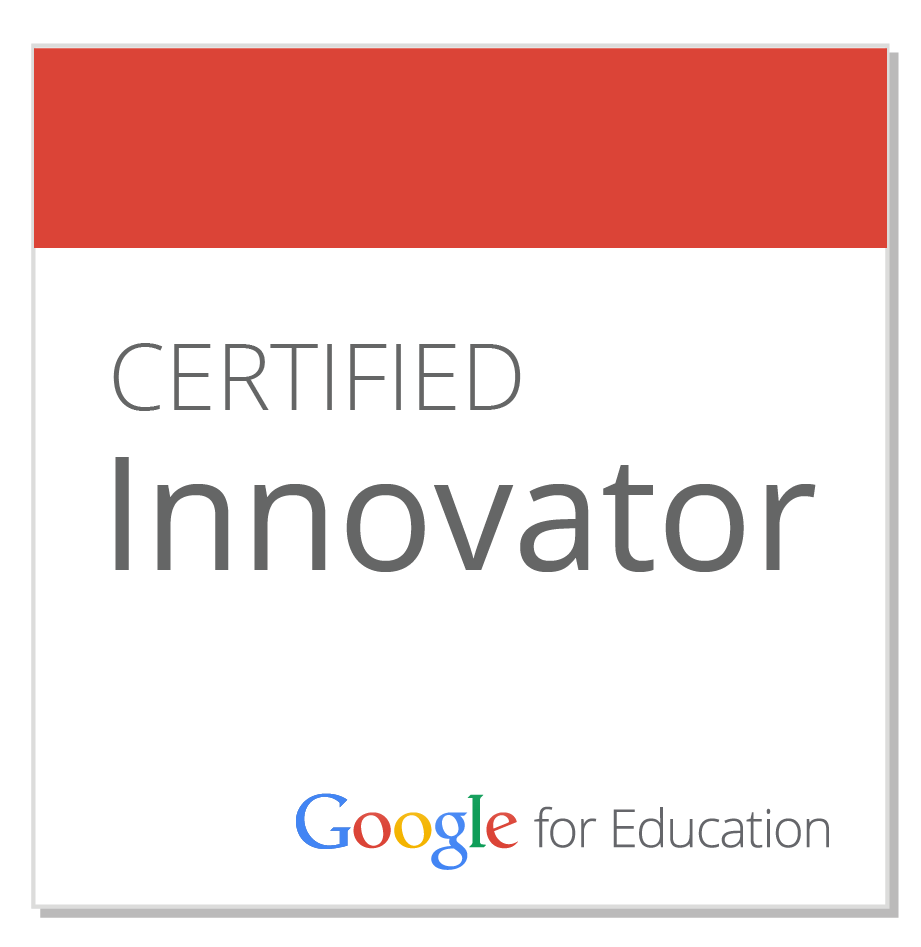I was lucky to travel west to present at the largest
educational technology conference (west of the Mississippi) in Palm Springs. It's called
CUE (Computer-Using Educators). While I had rehearsed and near-obsessively sweated the details of my session room, it was affirming to see that I was not the only one who put in such thought into presenting in front of others.
Mark Standley, an author and Alaskan educator, gave a remarkable talk entitled
"The Art of Digital Presentations", in which he skillfully measured and then responded to the energy level of his audience in real-time. It was fun but a little unnerving to observe the "meta" aspect of delivering a presentation about what makes a great presentation.
Standley correctly stated the danger of (mis-)using PowerPoint:
"Too often the technology becomes the presentation and the speaker's voice, message, and ideas are secondary." Though many of his ideas were deceptively simple and seemingly subtle, I would argue that these small pieces of advice (selection featured below) add up to a much more engaging and enriching experience for
both presenter and audience.
- Provide handouts. Because half of your audience will be uncomfortable without them.
- Remember that adults like to talk to each other. Provide opportunities for that to happen.
- The average "wait-time" is about 4 seconds. But the average wait-time should be 11 seconds.
- Choose two "anchor-points" on the floor when speaking in front of an audience. Avoid mimicking the "caged tiger" on a stage and don't hesitate to join your audience physically as a fellow learner.
There were many other ideas offered which you can see on
his website, but I found the most surprising part of his talk was about credibility: according to Standley,
the most believed piece of information is from an overheard conversation. If that's true, it might explain why so many commercials feature "hidden camera" testimonials! Most importantly, it should give presenters a more realistic sense of the challenge of being the sole "expert" of the room. Don't be afraid to tap the knowledge of your audience.




